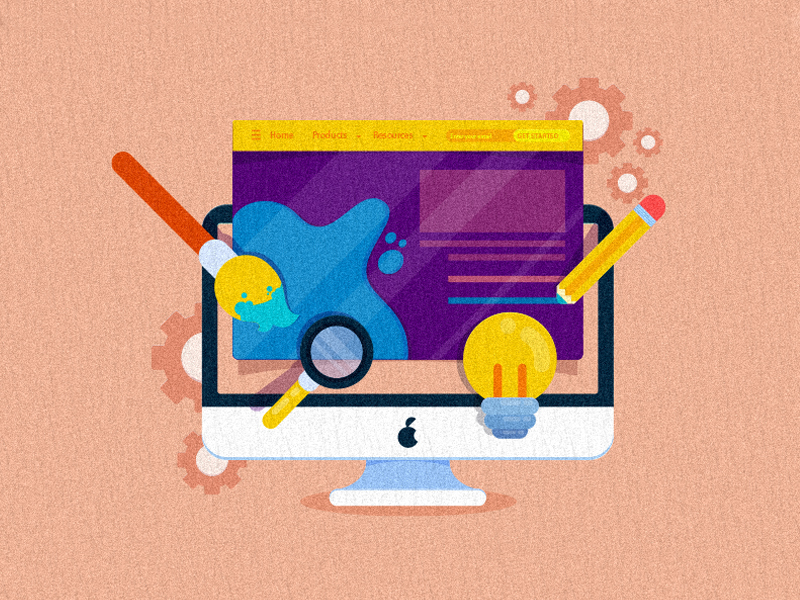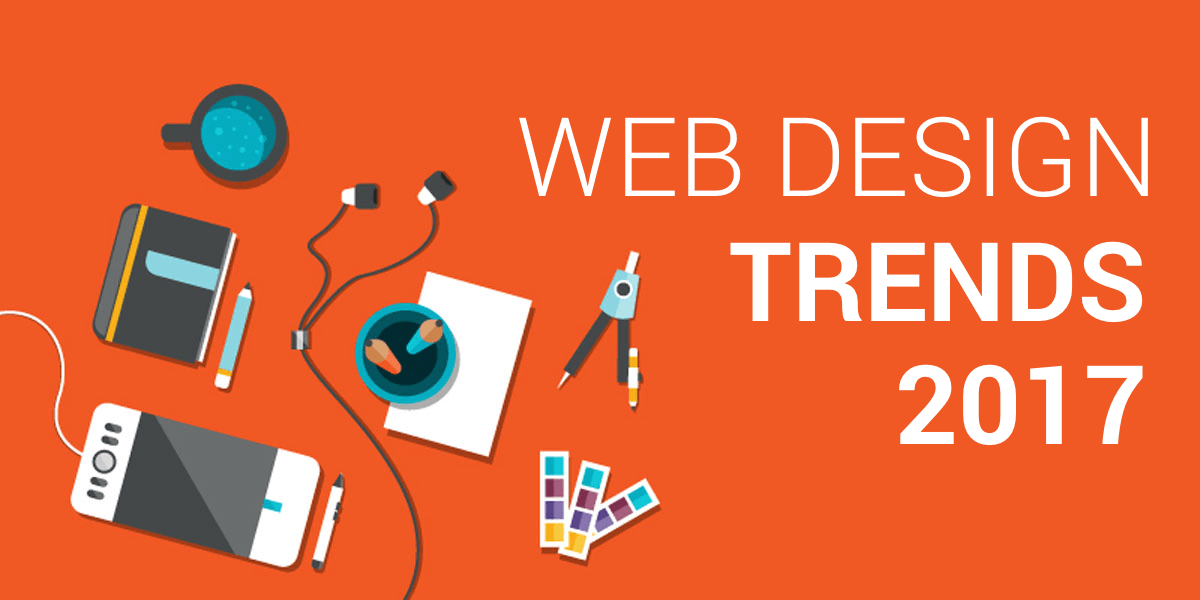Aligned Position Web Design: Crafting Visually Appealing Websites for Modern Businesses
Aligned Position Web Design: Crafting Visually Appealing Websites for Modern Businesses
Blog Article
The Finest Sorts Of Website Design to Enhance Individual Experience and Engagement
In the ever-evolving landscape of digital interaction, the efficiency of Web design significantly influences customer experience and interaction. Different layout approaches, such as minimal, responsive, and interactive designs, each deal special benefits that can provide to diverse individual needs.
Minimalist Web Design
As digital landscapes become significantly chaotic, minimal Web style has actually become a powerful technique to enhancing customer experience. This design approach prioritizes simplicity, concentrating on essential elements while removing unneeded disturbances. By making use of enough white area, simple navigating, and a minimal shade combination, minimalist layout cultivates clarity and guides user focus to crucial material.
The core principle of minimal Web design is to develop a seamless interaction for customers. By decreasing cognitive load, customers can quickly understand details without really feeling overwhelmed. This straight method not just enhances usability yet likewise motivates interaction, as site visitors are more probable to discover a site that is simple and aesthetically attractive to browse.
In addition, minimal layout commonly emphasizes typography and images, making use of these components strategically to convey messages properly. This emphasis on necessary components can enhance brand identity and develop a remarkable customer experience. Basically, minimal Web style is not simply a pattern; it is a thoughtful methodology that acknowledges the importance of user-centered style. By removing supplementary components, designers can produce an extra engaging, effective, and delightful Web experience for all users.
Responsive Web Style
In today's varied digital environment, responsive website design has come to be essential for creating a seamless individual experience across a wide variety of tools. As customers accessibility websites on smartphones, tablet computers, desktop computers, and laptop computers, the ability of a site to adapt its layout and material to different screen sizes and resolutions is essential.
Responsive website design employs adaptable grids, photos, and CSS media questions to make sure that Web content is offered ideally, no matter the gadget utilized. This method not only improves the visual appeal of a website yet additionally dramatically boosts use. Individuals are much more likely to involve with a site that offers a regular experience, as it removes the aggravation of having to focus or scroll excessively.
By adopting receptive layout, companies can boost their exposure and reach a more comprehensive audience. In summary, receptive Web design is an essential practice that improves individual experience, engagement, and overall fulfillment.
Interactive Website Design
Responsive Web layout lays the groundwork for improving individual experience, but interactive Web design takes this a step better by engaging customers in a much more vibrant means - Aligned Position Web Design. By incorporating elements such as computer animations, clickable models, and real-time comments, interactive website design captivates users, drawing them right into a richer surfing experience
This strategy not just fosters interaction however also urges customers to explore content actively rather than passively consuming it. Methods such as gamification, where customers gain rewards for completing tasks, can considerably boost the time invested in a site and improve total complete satisfaction. Additionally, interactive functions can simplify complicated info, making it extra digestible and enjoyable.

Including interactive design aspects go right here can additionally result in greater conversion rates, as users are more probable to engage with a website that proactively involves them. Aligned Position Web Design. Inevitably, interactive website design changes user experiences into remarkable trips, making certain that visitors return time and once again
Apartment Design
Characterized by its minimalistic method, level design highlights simpleness and capability, removing away unneeded elements and focusing on necessary attributes. This layout ideology focuses on use, ensuring that customers can navigate interfaces easily and effectiveness. By utilizing a tidy aesthetic, level style removes the clutter often found in much more elaborate styles, thus enhancing user concentrate on web content and performance.
The characteristic of level style hinges on its use bold shades, easy typography, and geometric shapes. These elements add to an aesthetically attractive interface that is both approachable and modern. Additionally, level layout promotes a sense of clearness, permitting customers to determine vital actions and information without distraction.
Additionally, flat layout is especially effective in receptive Web design, as its simpleness converts well throughout different devices and display sizes. The lack of complex appearances and slopes reduces loading times, which is critical for preserving customer interaction. As electronic landscapes proceed to evolve, level design continues to be an appropriate selection for developing straightforward sites that boost general experience. By concentrating on vital attributes, level style not just meets customer needs however additionally motivates seamless communication, making it an important element of effective website design strategies.
Adaptive Website Design
Flexible website design customizes the user experience by producing numerous fixed designs customized to various display dimensions and tools. Unlike receptive design, which fluidly changes a single design, adaptive style utilizes unique formats for specific breakpoints, guaranteeing ideal presentation on different platforms. This method enables designers to concentrate on the special features of each tool, boosting use by supplying exactly what customers require based upon their context.
One of the primary advantages of adaptive website design is its capacity to enhance tons times and performance. By serving customized web content and images that fit the user's tool, internet sites can decrease information usage and improve loading rates. This is specifically beneficial for customers with slower links or restricted data strategies.

Furthermore, adaptive layout promotes a more regular and regulated branding experience. Because developers develop multiple designs, they can make certain that the visual aspects straighten with the brand name's identity across various systems - Aligned Position Web Design. This results in a cohesive customer experience, boosting involvement and promoting customer retention
Conclusion
Finally, the assimilation of minimal, responsive, and interactive website design principles dramatically enhances individual experience and interaction. Minimal layout fosters clearness and emphasis, while receptive layout guarantees versatility throughout different tools, advertising ease of access. Interactive style mesmerizes individuals with vibrant aspects, urging expedition and customization. Jointly, these layout comes close to add to the creation of user-friendly environments that not only improve fulfillment however likewise drive higher conversion rates, underscoring their crucial significance in contemporary Web layout methods.

Minimalist style promotes clearness and emphasis, while receptive style makes certain versatility throughout numerous tools, advertising access. Jointly, these layout comes close to add to the development of straightforward settings that not just boost contentment yet additionally drive greater conversion prices, emphasizing he said their critical importance in modern Web style methods.
Report this page